The Masonic Knights Templar Regalia is never a powerful symbol of tradition, duty, and honor. In Freemasonry, the regalia connects brethren to the rich traditions of medieval Knights Templar. Not just about how one appears, but about having a legacy of faithfulness and devotion.
In this Outline: Masonic Knights Templar Regalia, you’ll notice how every piece of regalia has a story behind it. The colors, symbols, and motifs convey centuries of ritual and symbolism. Now, it is a strong symbol of identity for all Knight Templars.
Historical Origins of Knights Templar Regalia
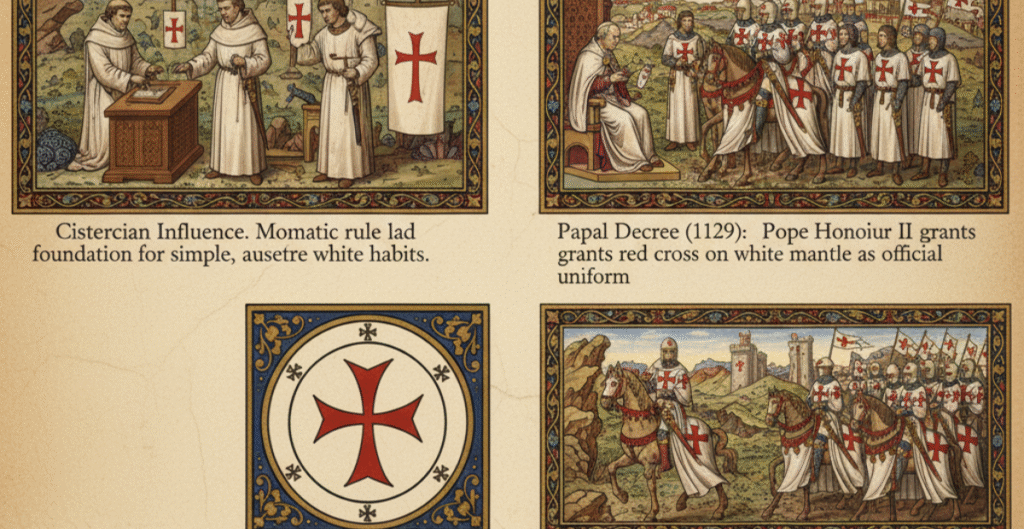
The regalia used by Masonic Knights Templars takes its roots from medieval times. The first Knights Templar in the 12th century wore simple white mantles with a red cross. This design was meant to show purity and faith in Christ. Over the centuries, Freemasons adopted these symbols to create their own tradition.
By the late 1700s, the Templar orders had become part of Freemasonry in Europe. The regalia grew in importance during this time. Each piece was shaped by history, blending medieval knightly customs with modern Masonic ideals. This made the regalia both a historical and spiritual bridge.
Core Components of the Regalia
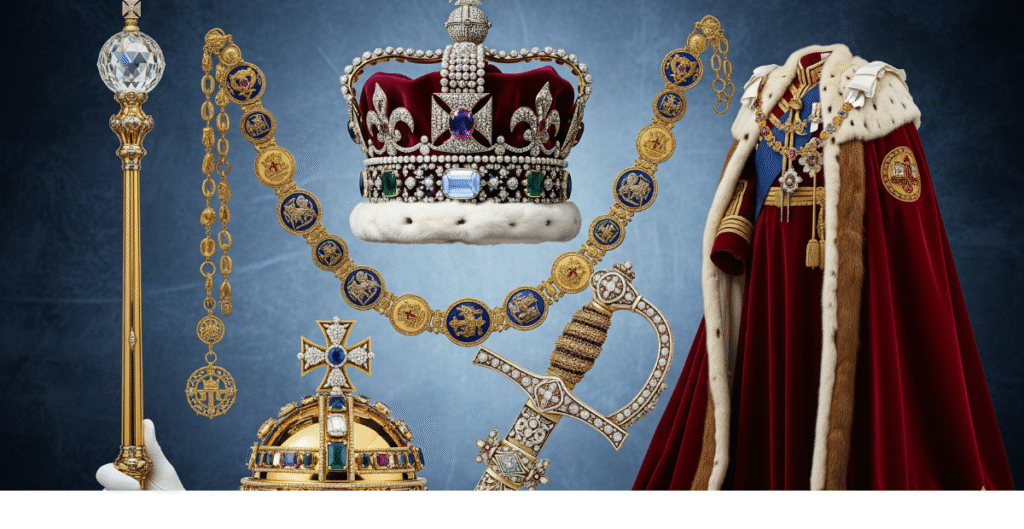
The Masonic Knights Templar Regalia is more than clothing. Each item has meaning and purpose. The most common parts are the tunic, mantle, sash, sword, gloves, and belt. The tunic is usually white and represents purity. The mantle is a flowing outer cloak, often with the red cross.
Other key items include the cap, gauntlets, and jewels. The sword is one of the most powerful symbols in the regalia. It shows strength and the duty to defend faith. When worn together, these items create a uniform that speaks of loyalty, service, and brotherhood.
See more: Knights Templar Regalia: History, Symbolism, and Legacy
Core Components of Knights Templar Regalia
| Item | Description | Symbolic Meaning |
| Tunic | White garment | Purity and truth |
| Mantle | Cloak with red cross | Faith and sacrifice |
| Sword | Weapon carried in ceremonies | Duty and protection |
| Belt | Worn around the waist | Discipline and honor |
| Gloves | White hand coverings | Clean hands and heart |
Symbolism in Colors and Emblems
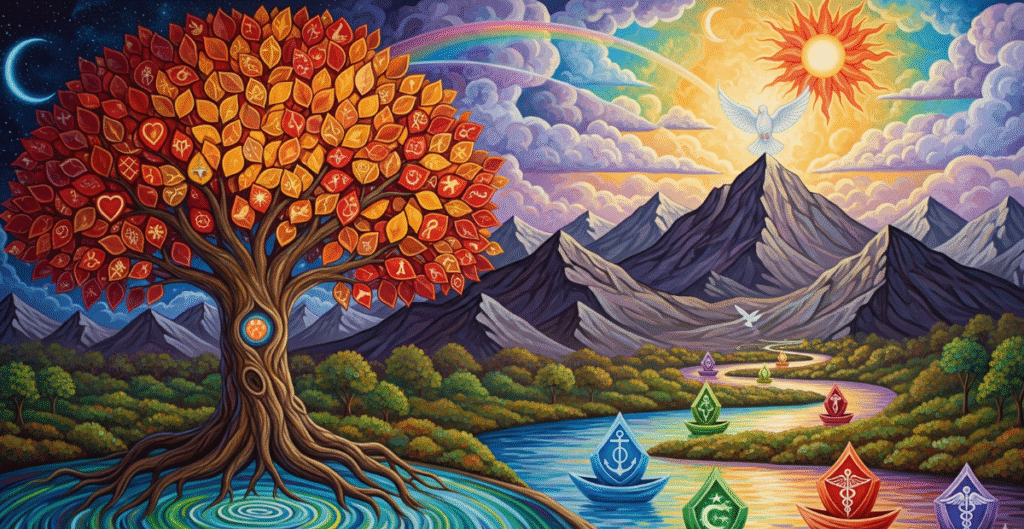
Colors in the Knights Templar regalia are never random. White stands for innocence and spiritual truth. Red, often seen in the cross, represents sacrifice and courage. Black is used in some cases, mainly in mourning rituals, to show respect and solemnity.
The emblems are just as meaningful. The cross pattée, the crown, and symbols of the Passion are all linked to faith and sacrifice. Each emblem reminds the member of his duty to serve with honor. This mix of colors and emblems is what makes the regalia so rich in meaning.
Rank-Specific Regalia
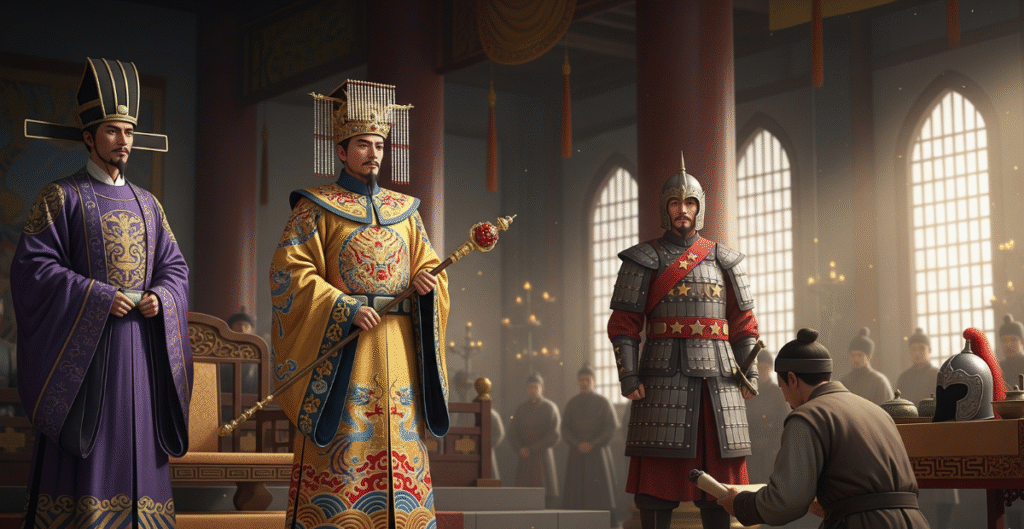
Each rank within the order has its own regalia. The Knight of the Red Cross often wears green with special badges. The Knight of Malta uses black mantles with white crosses. The Knight Templar, the highest Christian order, wears the full white mantle with the red cross.
These differences help mark the progress of a member through the order. They also ensure that ceremonies are carried out with respect to tradition. Rank-based regalia is not only about status but about spiritual growth within the order.
Rank-Specific Regalia
| Rank | Regalia Color | Special Features |
| Knight of Red Cross | Green | Distinctive badges |
| Knight of Malta | Black | White Maltese cross mantle |
| Knight Templar | White | Red cross, full mantle |
Ceremonial and Ritual Usage
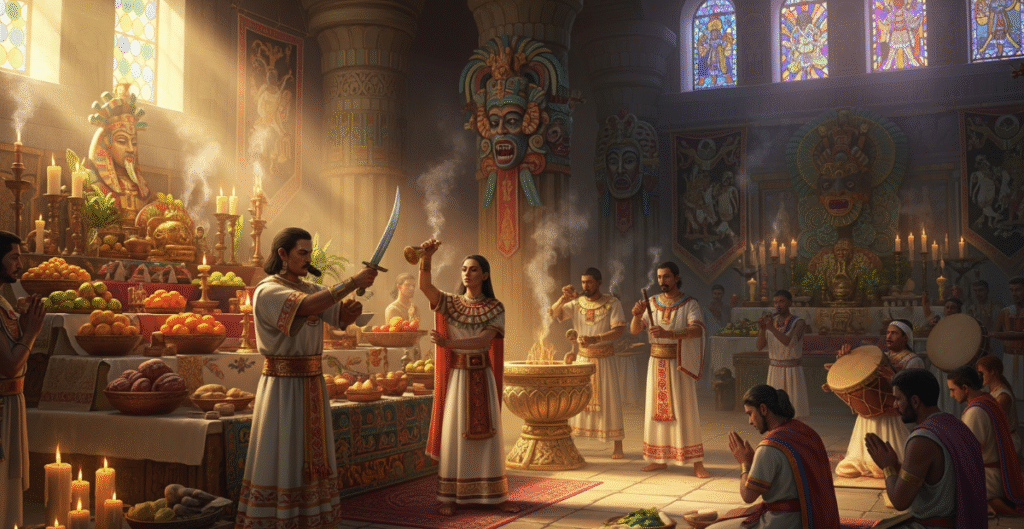
The regalia is central in ceremonies. During initiation or investiture, the mantle and sword are used to mark the new rank. The red cross plays a role in these rituals, reminding members of faith and sacrifice.
Outside initiation, regalia is used in processions, installations, and meetings. The sword often leads the ceremony, symbolizing strength and duty. These traditions keep the regalia tied to both history and active practice in Masonic life.
Variations Across Jurisdictions

Regalia can look different in each country. In the United States, Templar uniforms often include a chapeau (military-style hat). In the United Kingdom, the mantle and tunic are more common. European styles often keep closer ties to medieval designs.
These variations come from local history and culture. While the symbols remain the same, the design can change. This diversity shows the global reach of the order while respecting its traditions.
Modern Regalia and Collecting
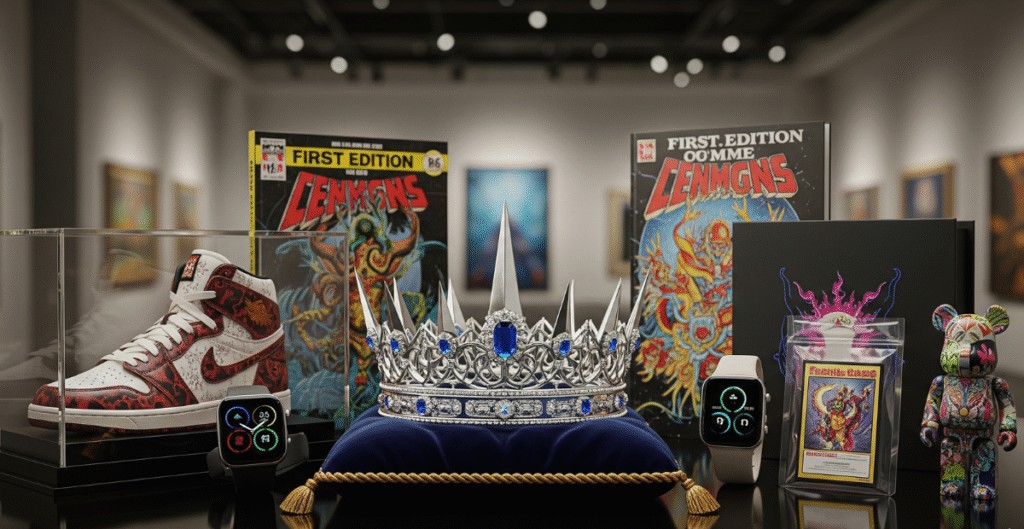
Today, regalia is made with both tradition and modern craft. Many suppliers use fine fabrics, embroidery, and careful design. Members can order custom items to reflect their rank and jurisdiction.
Collecting regalia has also grown popular. Antique mantles, swords, and jewels are valued by historians and collectors. These pieces hold both symbolic and financial worth. Some are even displayed in museums to preserve the Templar legacy.
Antique vs. Modern Regalia
| Type | Features | Value |
| Antique | Handmade, historic fabrics | High collectible |
| Modern | Custom embroidery, durable | Practical for use |
Care, Maintenance, and Preservation
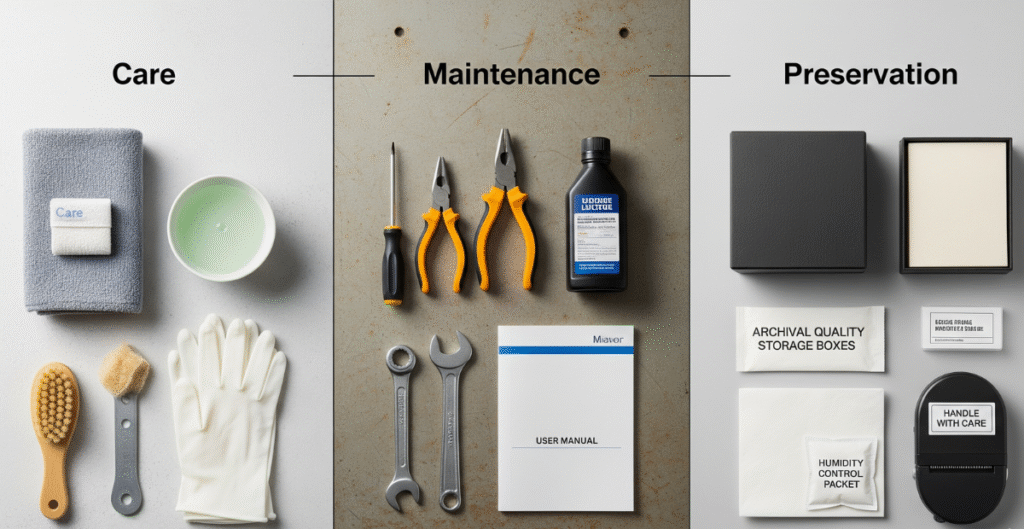
Caring for regalia is vital to keep its dignity. Mantles and tunics should be stored in cool, dry places to prevent damage. Gloves and fabrics should be washed carefully to keep them white. Swords and metal badges must be polished to avoid rust.
Antique regalia needs even more care. Many are kept in protective cases or frames. This not only protects them but allows future generations to see and value their history. Proper care keeps the regalia alive as a living tradition.
Influence of Christian Tradition on Regalia
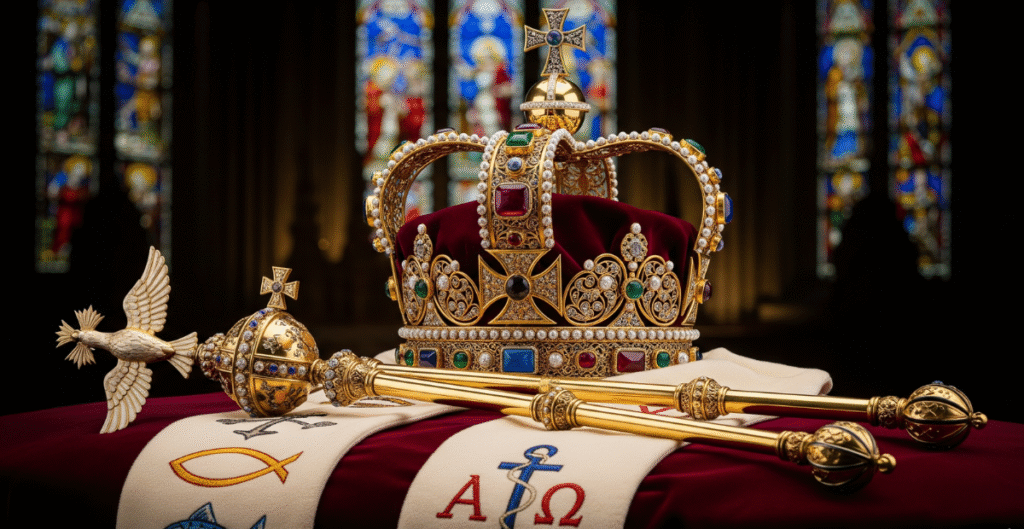
The Masonic Knights Templar Regalia is shaped by Christian faith. Many designs are taken from medieval symbols of sacrifice and devotion. The red cross is not only a knightly emblem but a direct reference to the Cross of Christ. The crown and passion symbols are reminders of eternal hope and victory over death.
This influence is why the regalia feels sacred to members. It is not only fabric and metal. It is faith woven into visible form. Every piece speaks to the Christian spirit that built the foundation of the order.
Differences Between Military and Masonic Regalia
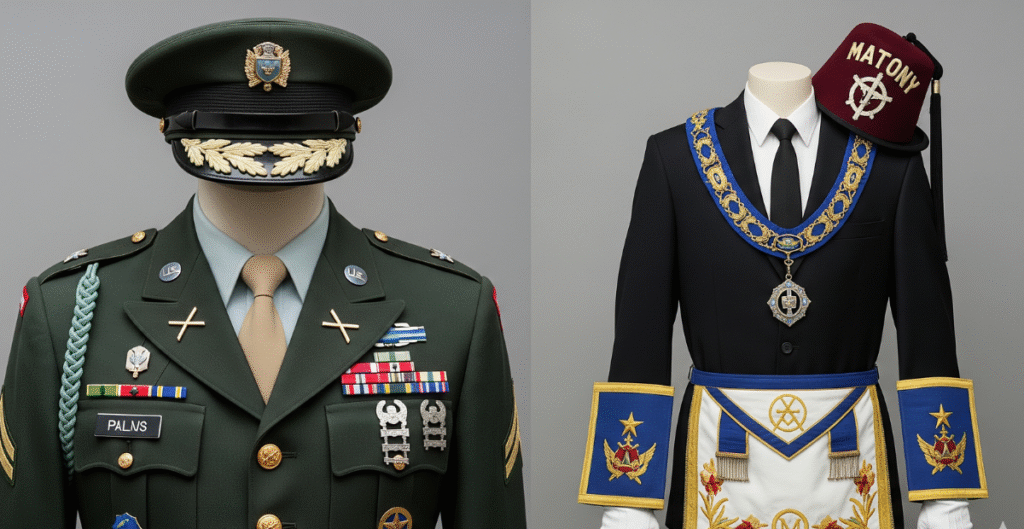
Many people confuse medieval military armor with Masonic regalia. In reality, they serve different purposes. The medieval knight’s armor was built for battle, with steel, shields, and weapons. The Masonic knight’s regalia is symbolic, meant only for ritual and ceremony.
Still, they share one thing. Both show loyalty, courage, and duty. Where armor was a shield in war, the mantle and sword in Masonic practice protect values and honor. This difference highlights the shift from physical battles to moral and spiritual struggles.
Role of Regalia in Identity and Brotherhood
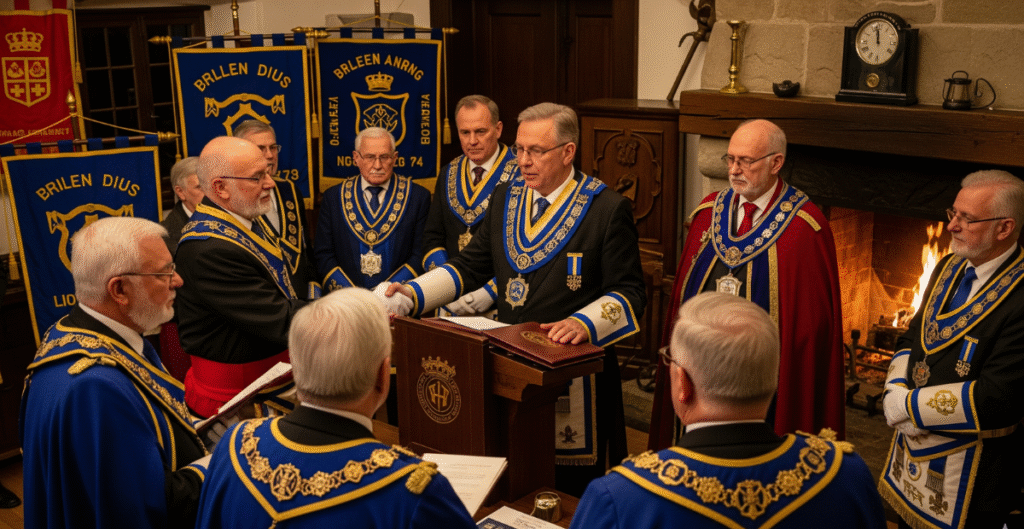
Wearing the regalia builds unity among members. When every knight dresses alike, rank is clear but brotherhood feels stronger. The shared clothing creates a bond, showing that each member follows the same duty and honor.
Regalia also helps members identify with their role. It marks the transition from ordinary life into sacred ritual. Once dressed, a knight carries centuries of history on his shoulders. It is both a personal and collective identity marker.
You may like: Masonic Apron – History, Meaning, and Modern Role
Regalia in Museums and Public Exhibits
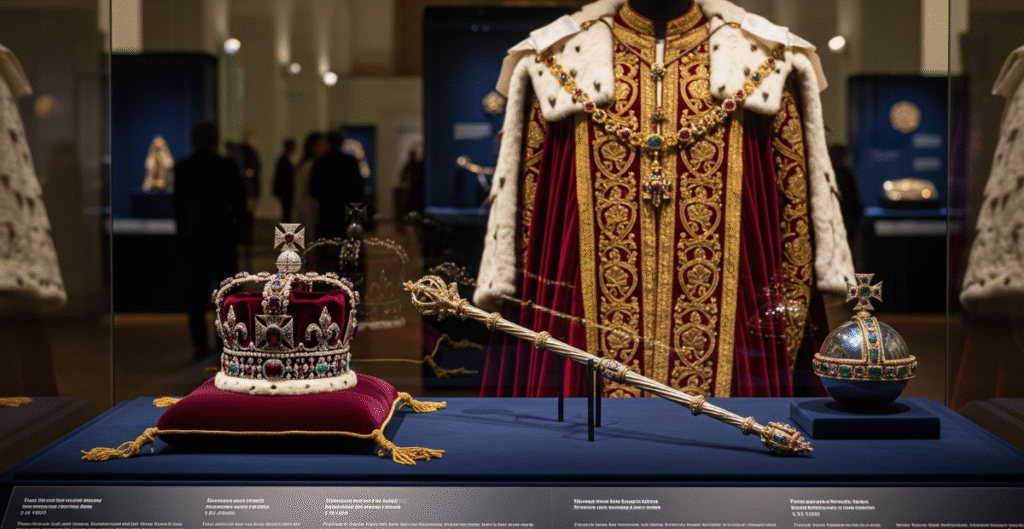
Many pieces of antique Knights Templar regalia are now kept in museums. These items attract historians, collectors, and the public. Visitors see tunics, mantles, and swords that were once used in real ceremonies.
Museums preserve these artifacts as cultural treasures. They show how Freemasonry borrowed and reshaped the traditions of medieval knighthood. Public exhibits also educate people about the order’s symbolism and heritage. This opens a window into the secretive but respected world of Freemasonry.
Economic and Cultural Value of Regalia
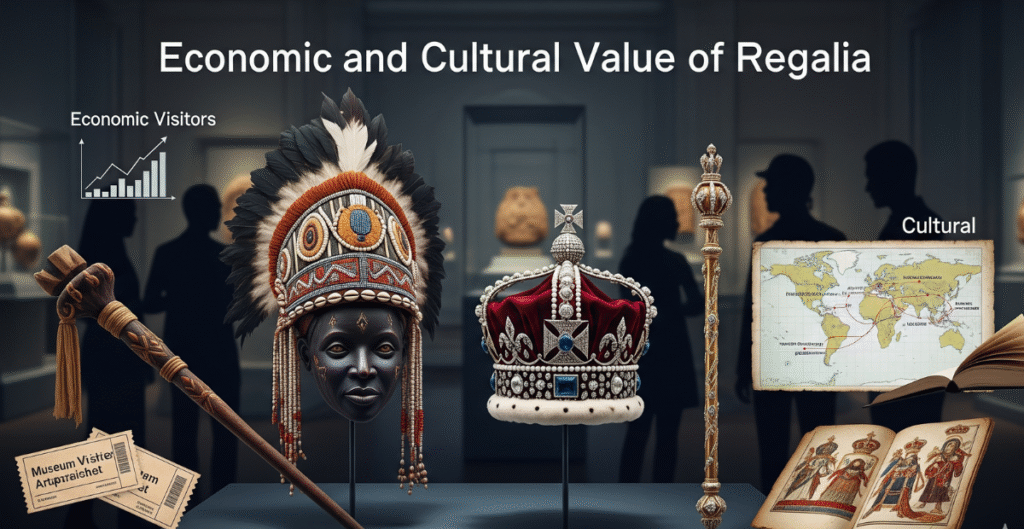
Regalia has both spiritual and financial worth. Antique pieces can sell for high amounts at auctions. Their rarity, craftsmanship, and history make them valuable to collectors. Modern suppliers also thrive, selling new mantles, swords, and jewels to members around the world.
Culturally, the regalia keeps alive a tradition that blends faith, history, and community. It acts as a living symbol, passed down through generations. Its value goes far beyond money. It holds meaning that unites people across borders and centuries.
FAQs
What is the purpose of Masonic Knights Templar regalia?
It represents rank, history, and spiritual duty within the order.
Why do Knights Templars wear a white mantle?
The white mantle stands for purity and faith, a symbol dating back to medieval Templars.
Are there differences in regalia between countries?
Yes. The US often uses military-style uniforms, while Europe prefers traditional mantles.
Can antique regalia still be used today?
Antique regalia is usually preserved and collected, while modern items are worn for ceremonies.
How should regalia be stored?
It should be kept in dry, cool places, with fabrics cleaned gently and metals polished.
Conclusion
The Outline: Masonic Knights Templar Regalia shows how deep and meaningful this tradition is. Each piece carries centuries of history. The colors, symbols, and designs connect members to a legacy of duty and faith. In ceremonies and in modern life, regalia is more than clothing. It is a link between the medieval Templars and today’s Freemasons. With care and respect, this regalia will continue to inspire and preserve the values of the order for years to come.




